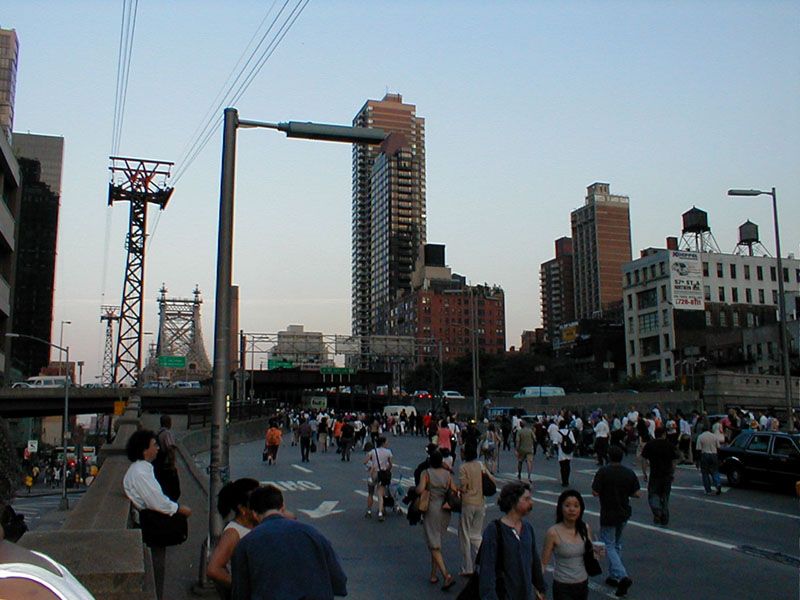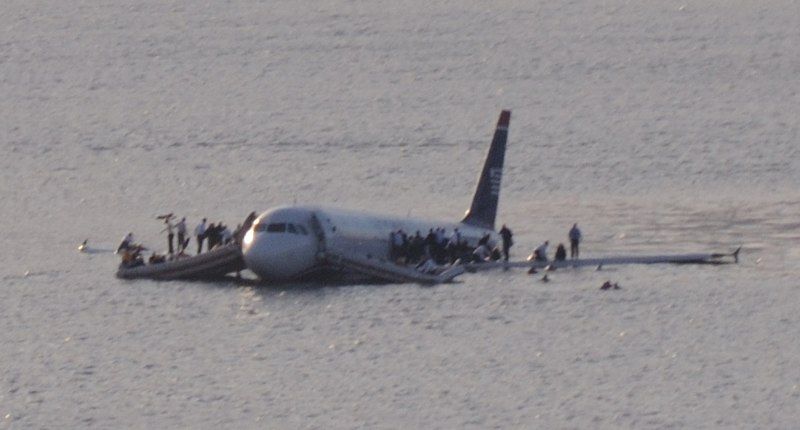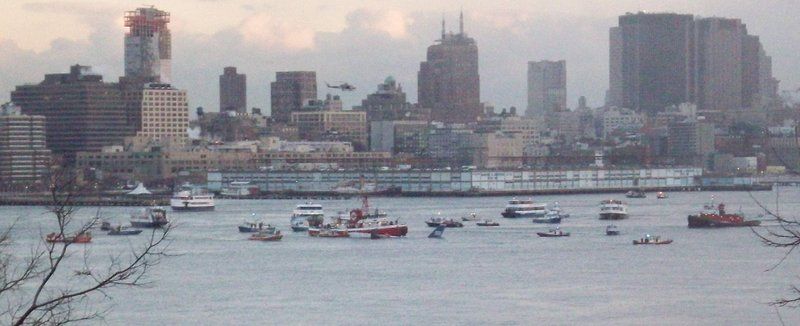NYC’s Forgotten ‘War on Christmas Trees’
Discover how an obscure holiday crackdown affects festive street vendors today!


For much of the 19th century, ferries provided the only connections between boroughs, and most New Yorkers commuted by water. Today, New York’s public transportation system carries millions of riders via tunnels, bridges and roadways. Yet, this vital network is uniquely vulnerable to disruptions. In the last 20 years, the system has seen multiple emergency events, often accompanied by major transit shutdowns including last week’s disruptions into New York Penn Station where many commuters turned to ferries to make it into work.
The City of New York called on ferry operators to carry out response efforts, using vessels to quickly close transportation gaps. On those occasions, ferries became a lifeline for commuters and transit agencies, by shoring up severed links and maintaining regional mobility. Starting May 1, NYC Ferry Operated by Hornblower, will bring new, resilient and reliable connections to our city of water. To mark the occasion, we’re looking back at four times when ferries saved the day.
On 9/11, shortly after the attacks, the MTA shut down subway service to Lower Manhattan. With the PATH also compromised, thousands of people headed to the harbor to escape via waterborne transportation. The Coast Guard initiated the 9/11 Boatlift, an improvised maritime response involving over 100 vessels. The NYC Department of Transportation jump-started service to Brooklyn Army Terminal, using boats originally intended for the Staten Island Ferry. New York Waterway famously redeployed its entire fleet, transporting 250,000 passengers, free of charge. The operator provided expanded service until the restoration of Lower Manhattan PATH trains in 2003.

Image via Wikimedia Commons by Glitch010101
On August 14, New York experienced a historic blackout, caused by massive power failures in the Northeast. The city was thrown into chaos, with rail transit paralyzed and bridges and tunnels clogged with traffic. Searching for emergency transportation, New Yorkers again turned to ferries, for a viable means of evacuation. Following the Blackout, the city produced an emergency preparedness plan that recognized ferries as “an increasingly important component” of response and recovery.

Photo from Wikimedia Commons by Greg L (via Flickr)
On January 15, US Airways Flight 1549 lost power shortly after taking off from LaGuardia Airport, and ditched into the Hudson River, with 155 aboard. Ferries surrounded the fuselage, quickly evacuating the passengers and crew. Building on the experience of 9/11 and the 2003 Blackout, the operator showed that ferries are indispensable in contingencies and mobilized “the most successful marine rescue in aviation history.”

Photo from Wikimedia Commons by Izno
On October 29, Superstorm Sandy struck New York City, destroying infrastructure in vulnerable areas. In the absence of subways, New Yorkers became reliant on ferries for inter-borough transport, and new routes and landings were improvised within days. The East River Ferry, begun in 2011, proved a valuable investment in transit resiliency. In the Rockaways, a subsidized Seastreak ferry provided mobility during a seven month suspension of the A train, and was later extended through 2014.
Emergency events, and the experience of affected waterfront communities, show first hand how ferries are critical components of the New York’s emergency management framework. Extending new routes boost transit redundancy by giving New Yorkers more ways to travel between boroughs. Building more ferry landings creates citywide docking points for waterborne response and recovery. Bringing a fleet of boats to the East River increases the availability of vessels for emergency events. Finally, the uniformity of vessel and dock design will result in better coordination of boats and passengers in emergencies. As the first comprehensively planned ferry system in New York history, NYC Ferry Operated by Hornblower will keep the city moving when New Yorkers need it most.
Next, check out First Citywide Ferry Vessel Departs for NYC from Gulf Coast Shipyard in Alabama and 10 Historical Secrets of the Waterfront that the Citywide Ferry will Unlock.
Subscribe to our newsletter